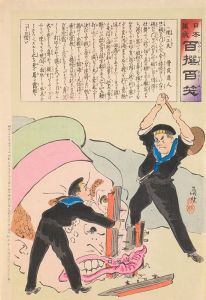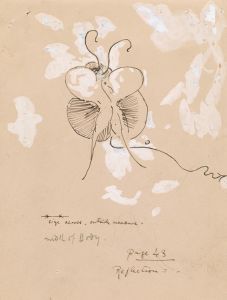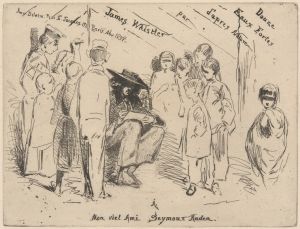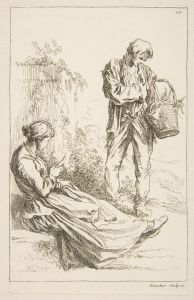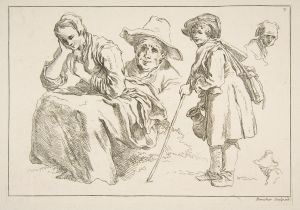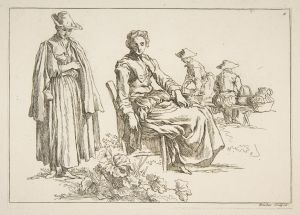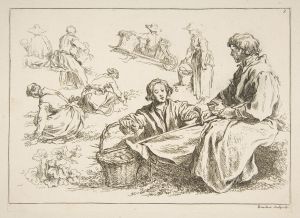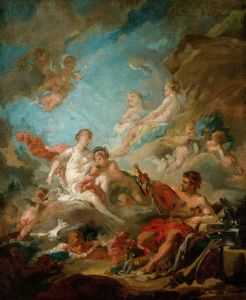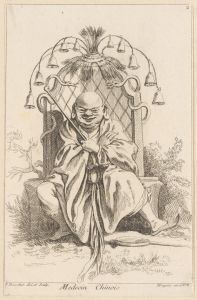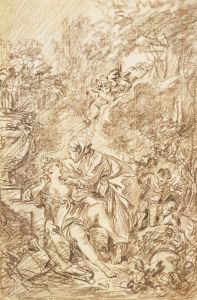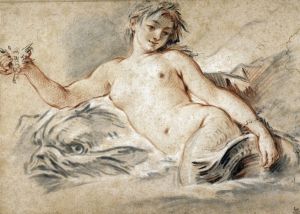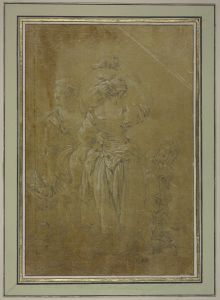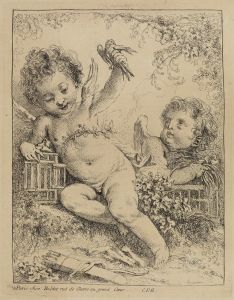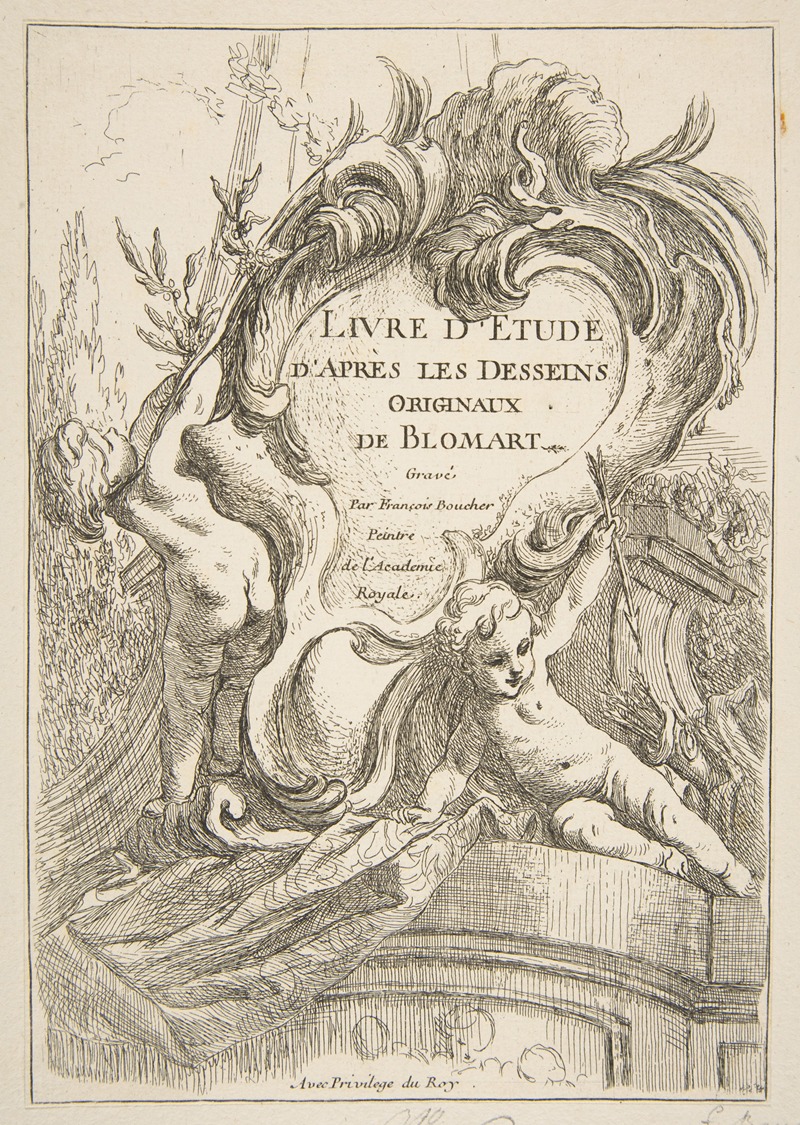
Livre d’étude d’après les desseins originaux de Blomart Pl.01
A hand-painted replica of François Boucher’s masterpiece Livre d’étude d’après les desseins originaux de Blomart Pl.01, meticulously crafted by professional artists to capture the true essence of the original. Each piece is created with museum-quality canvas and rare mineral pigments, carefully painted by experienced artists with delicate brushstrokes and rich, layered colors to perfectly recreate the texture of the original artwork. Unlike machine-printed reproductions, this hand-painted version brings the painting to life, infused with the artist’s emotions and skill in every stroke. Whether for personal collection or home decoration, it instantly elevates the artistic atmosphere of any space.
François Boucher (1703-1770) was a prominent French painter, draughtsman, and etcher, known for his idyllic and voluptuous paintings on classical themes, decorative allegories, and pastoral scenes. He was a central figure in the Rococo movement, which is characterized by its ornate and elaborate style, often featuring playful and light-hearted themes. Boucher's work was highly influential in the 18th century, and he enjoyed the patronage of influential figures such as Madame de Pompadour, the chief mistress of King Louis XV.
"Livre d’étude d’après les desseins originaux de Blomart Pl.01" is one of the plates from a series of studies by François Boucher. The title translates to "Book of Study after the Original Designs of Blomart Plate 01." This work is part of a collection where Boucher studied and interpreted the designs of Abraham Bloemaert (1566-1651), a Dutch painter and printmaker. Bloemaert was known for his contributions to the Dutch Golden Age of painting, and his works often depicted biblical and mythological scenes.
The plate in question, "Pl.01," showcases Boucher's skill in capturing the essence of Bloemaert's designs while infusing them with his own Rococo flair. Boucher's interpretation of Bloemaert's work demonstrates his ability to blend the classical with the contemporary, creating a unique synthesis that appealed to the tastes of his time.
Boucher's "Livre d’étude" series was likely intended for educational purposes, serving as a reference for other artists and students of art. By studying the works of past masters like Bloemaert, Boucher and his contemporaries could learn from their techniques and compositions, thereby improving their own artistic skills.
The plate itself would typically feature intricate line work and detailed shading, hallmarks of Boucher's draughtsmanship. His ability to render delicate textures and subtle gradations of light and shadow would be evident in this study, showcasing his technical prowess and keen eye for detail.
Boucher's work, including this series of studies, played a significant role in the development of the Rococo style. His influence extended beyond his lifetime, as his works continued to be admired and studied by subsequent generations of artists. The "Livre d’étude" series, in particular, highlights the importance of studying and preserving the techniques of earlier artists, ensuring that their contributions to the art world are not forgotten.
In conclusion, "Livre d’étude d’après les desseins originaux de Blomart Pl.01" by François Boucher is a testament to the artist's dedication to studying and interpreting the works of past masters. Through this series, Boucher not only paid homage to Abraham Bloemaert but also contributed to the ongoing tradition of artistic education and the preservation of classical techniques.





